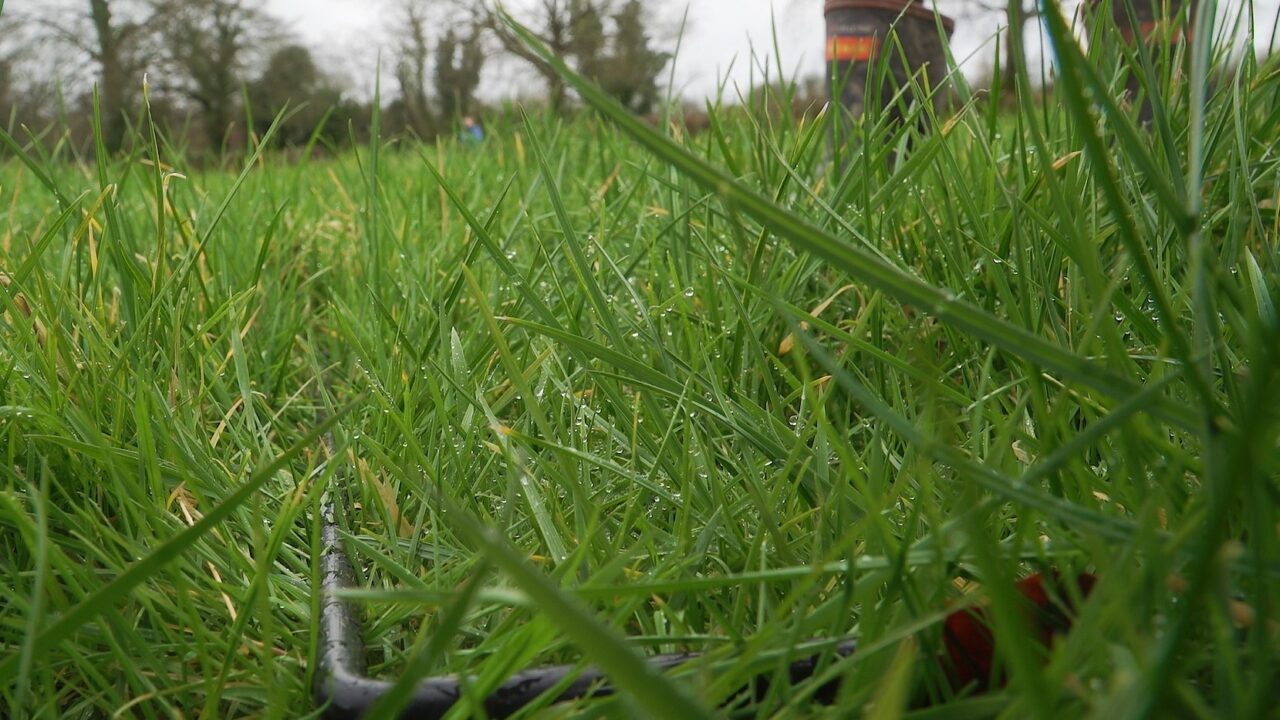In the second half of the year, cow performance will begin to eventually drop off, but there are a number of metrics we can measure to ensure we hold grass growth, milk production, and achieve heifer weight targets.
By measuring what you have in front of you – whether it be grass measuring, milk recording or weighing young stock – the data obtained is invaluable for putting a plan in place to further enhance performance.
These measuring metrics are time-consuming but when the data is obtained and utilised, it allows for timely interventions and strategies.
As the saying goes, ‘you can’t manage what you don’t measure’ – which is a very fitting saying when it comes to mid-season grazing management, understanding milk recordings, and tracking heifer weights.
Measuring grass performance
An accurate assessment of grass performance can only be quantified through regular grass walks and measuring.
At this stage of the grazing season, grass growth rates are constantly fluctuating.
The only way of ensuring that cows are going into pre-grazing covers of 1,400kg dry matter (DM)/ha is through walking the farm, as potential grass deficits or surpluses can be identified before they occur.
This is crucial, as it allows farmers to then make a decision. If a potential deficit is identified, a farmer can extend the rotation by adding extra supplementation to the diet, increasing the grazing block to reduce demand, or by taking non-milking stock off the platform.
If a surplus is identified, a farmer should try and increase the demand by shortening the rotation through taking out surplus paddocks for bales, pre-mowing, reseeding or through reducing meal and supplements in the diet.

As well as that, through constant recording of growth in each paddock, you can identify which are underperforming and need to be marked for reseeding, liming, or slurry.
A farmer should list the paddocks that are 25% behind the average pasture yield so far this year, and take action by reseeding the next couple of weeks with the good growing conditions or next spring,
Making an effort to grow 14-15t of grass DM/ha/year was a big focus at Moorepark open day 2025, and this can only be achieved through measured performance and rectification where needs be.
Milk recording and weighing stock
Milk recording needs to be seen as an investment and not a cost, as the amount of benefits and data that can be obtained through milk recording four to six times a year cannot be understated.
Regular recording will allow for constant tracking of SCC off each cow and identify repeat offenders. It could also help to decrease your herd’s SCC and improve your milk price, and will also generate a farm summary on mastitis control and areas to be improved.
Milk recording may also add value to surplus breeding stock being sold off farm and can increase a cow’s chances of being entered for artificial insemination (AI).
Having the records also increases the compensation available for animals that have to be culled as a result of a positive bovine tuberculosis (TB) reaction.
In a time where stocking rates are being reduced and amid uncertainty around the nitrates derogation, we need to consolidate what we have and breed off the best stock in the herds while reducing the number of passengers.
Data from milk recording will identify the best and worst performers.

Cost-effective pregnancy diagnosis is now possible through milk samples, which can indicate whether or not a cow is in calf at a reasonable cost without having to handle and scan them.
Farmers need to stay on top of weighing heifers, as the data allows farmers to make informed management decisions to ensure optimal growth rates.
This allows farmers to intervene when heifers are underweight or below target and ensures that they are at the correct pre-breeding and pre-calving weight, which is essential for future milk performance, health, fertility and longevity in the herd.
Target weight gains for mid summer are 0.7-0.8kgs average daily gain (ADG) in calves and 0.9-1.0 Kgs ADG in yearlings. Preferential treatment will be needed for calves below targets now.

